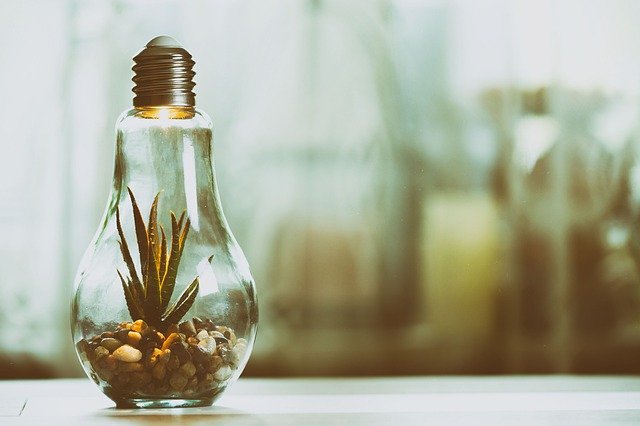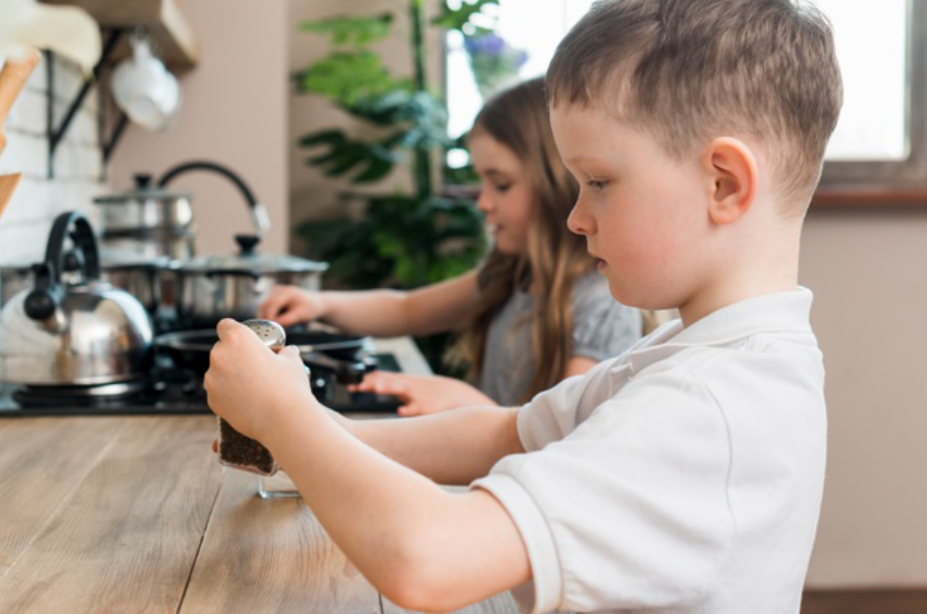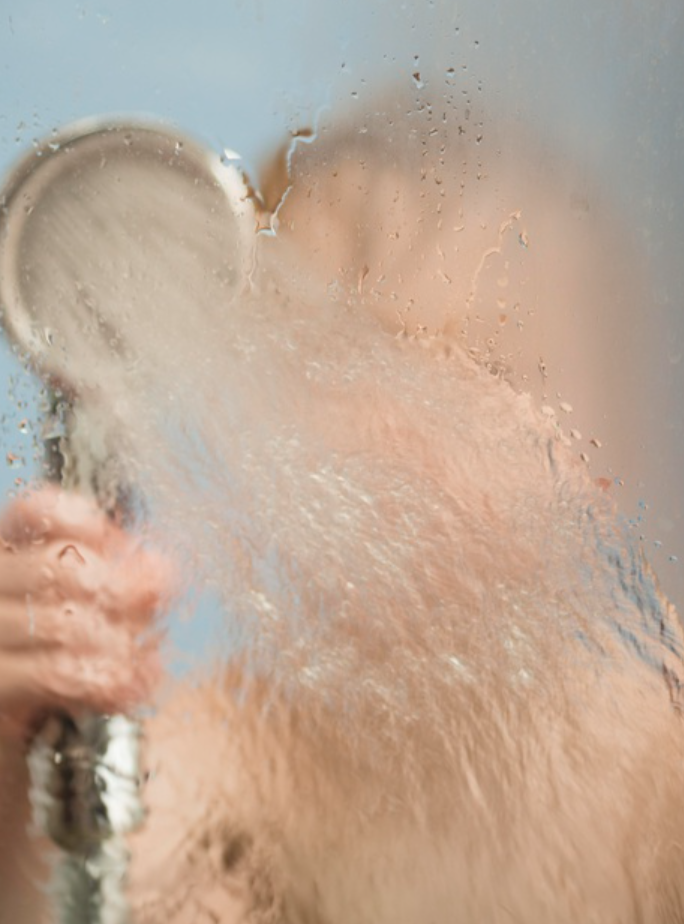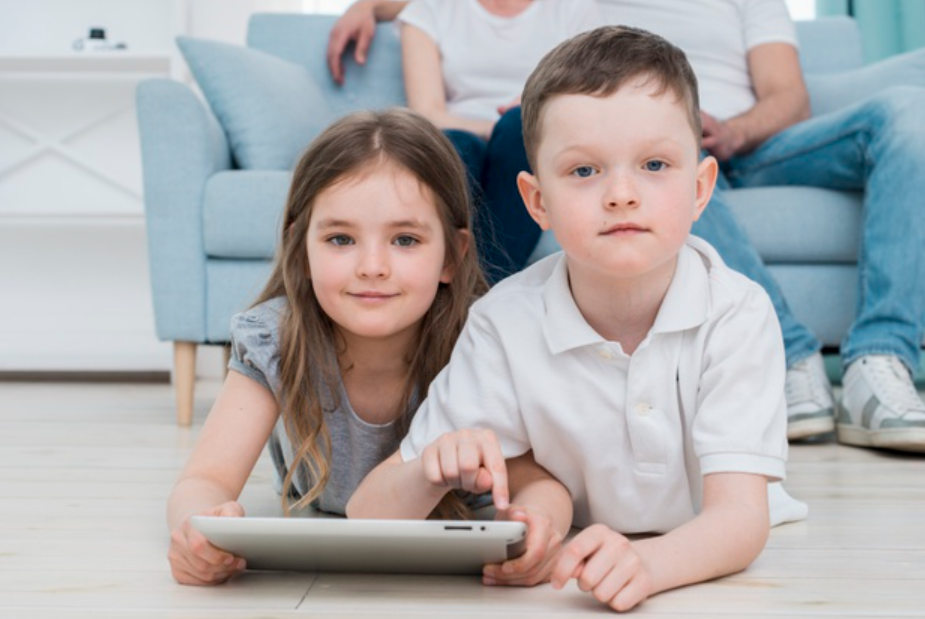Incorporating lessons about energy conservation for kids in their daily life is essential. Energy is the most relied upon resource for our daily activities, and running out of supply will be detrimental. As adults, most of us know that we need to change our lifestyles to take a more conscious approach to energy usage. If you’re hoping to teach your children the same, you’ll be happy to know that doing so is much easier than you might think.
In this guide, we cover what you need to know before teaching your children about being sustainable at home, share tips on approaching conservation lessons, and list some ways in which you can demonstrate energy-saving to them through daily activities.
Children are always eager to learn. Teaching them about energy conservation in an exciting yet informative manner will grab their attention and help the lessons stick.
You might also be interested in;
– 7 ways to conserve energy at home
–How to start sustainable living

Things You Need to Know Before Teaching Your Kids About Energy Conservation
Before diving into a lesson about energy usage, it’s important to prepare for your child’s curiosity. Children tend to ask many questions, and the topic of energy conservation leaves a lot of space for the “why?” to pop up.
Spend some time familiarising yourself with age-approved answers to common energy-related questions. Doing so will prepare you with the knowledge needed to teach your children the reasons behind energy conservation and daily green living.
Listed below are some common questions to cover as an initial lesson (or as they get asked) that you can prepare for beforehand:
- What is energy?
- What is energy used for?
- Why is energy important?
- What are the different energy-resources?
- What is energy conservation?
- Why should we save energy?
- How can we save energy?
How To Approach Lessons on Energy Conservation for Kids
The exact way energy conservation lessons should be approached is highly dependent on your child’s age. Toddlers can be taught through habit-forming and a simple explanation. Young children tend to be more curious, and the questions they ask will lead your lessons. You can hand straightforward facts to pre-teens and teens by showing them examples of energy conservation and teaching them about the dire consequences of energy-wastage.
Incorporating teaching platforms and games into lessons and demonstrating the different ways of conserving energy at home is a fun way to keep your little learners engaged. You can also follow the following tips:
Keep it Simple: No matter your kids’ age, keeping lessons simple is the way to go. Your goal should be to equip them with enough information to gain knowledge but keep it simple enough to not make it feel like a college lecture that’ll bore them.
Make Lessons Fun: Kids like fun, engaging lessons. Narrow in on the things your child likes and incorporate them into your lesson. If reading is a favorite activity, look into interactive stories. Children who enjoy competitions might find playing a round of energy-conservation bingo or weekly energy-saving task lists with a prize upon completion entertaining. Those who are hands-on can plant a tree, do an experiment, or built an energy-saving device.
Get Real: Showing older kids the consequences of energy-waste is an effective way to teach them about the importance of conserving it. Implement a no-electricity day or night to show them the real-life effects that energy wastage will have.
How to Demonstrate Energy Saving Through Daily Activities
Although mindful lessons are a great way to teach children about energy saving, the best method to teach them the ways of conserving energy at home is by example.
Using this powerful method to instill good habits will path their green-living journey well into adulthood. There are simple ways by which you can show your children how to save energy in and around the house. Read on below for our favored ideas!
Switch Off Appliances and Use Alternatives
A great way to demonstrate energy-saving is by using alternatives. Instead of watching television, pick up a book. Use a hand mixer when baking or a manual can opener instead of an electrical one.
You can switch electrical devices like popcorn poppers, toasters, kettles, or waffle irons for gas-powered stovetop alternatives. Instead of using a clothes dryer, hang washing on the line, and use a broom and dustpan instead of a vacuum cleaner on tiles and hardwood floor.

Take Shorter Showers
Teaching kids to take shorter showers will conserve energy and water. You can start by cutting your long, steamy showers short yourself.
Use a timer or play their favorite song to keep track of the minutes spent showering. Let your kids create a playlist for the week and ask them to pick one or two songs to sing in the shower before they jump in.

Teach Kids to Like the Sun and Switch Off Lights
Another easy way to demonstrate energy-saving is by utilizing natural light. Simply open curtains during the day and encourage your kids to do so too. This can especially be great during colder seasons as you’ll be able to enjoy the heat too.
During the night (and day), make a habit of switching lights off as you leave a room. It’s something most people often forget to do, which can significantly impact energy conservation. Being sustainable at home starts with small daily tasks. Switching off unnecessary lights is one of the easiest ones to implement.

Utilize Technology
Growing up in modern times definitely has its benefits. Children who grow up with technology will find using this to help save energy right up their alley. Apps that work with smart assistants make it possible to control electronic appliances from your smartphone.
You can give your children the responsibility of supervising a specific device to include them in this energy-saving task. Ask them to switch lights off remotely, set up a schedule for your smart cleaning devices, or set the timers on your thermostat.
Apps are also available to track energy usage in your house. Seeing how their energy-usage is accumulating in real-time might encourage kids to think of more ways of conserving energy at home.

Final Thoughts
We all have the responsibility of cutting down our energy usage. It’s one of the simplest ways to contribute to a greener future. When you pass energy-conserving tips on to your kids, you start a cycle of green habits that will last for generations to come. Teaching energy conservation for kids will guide them to be earth-conscious individuals and set them on the path of following eco-friendly lifestyles.

